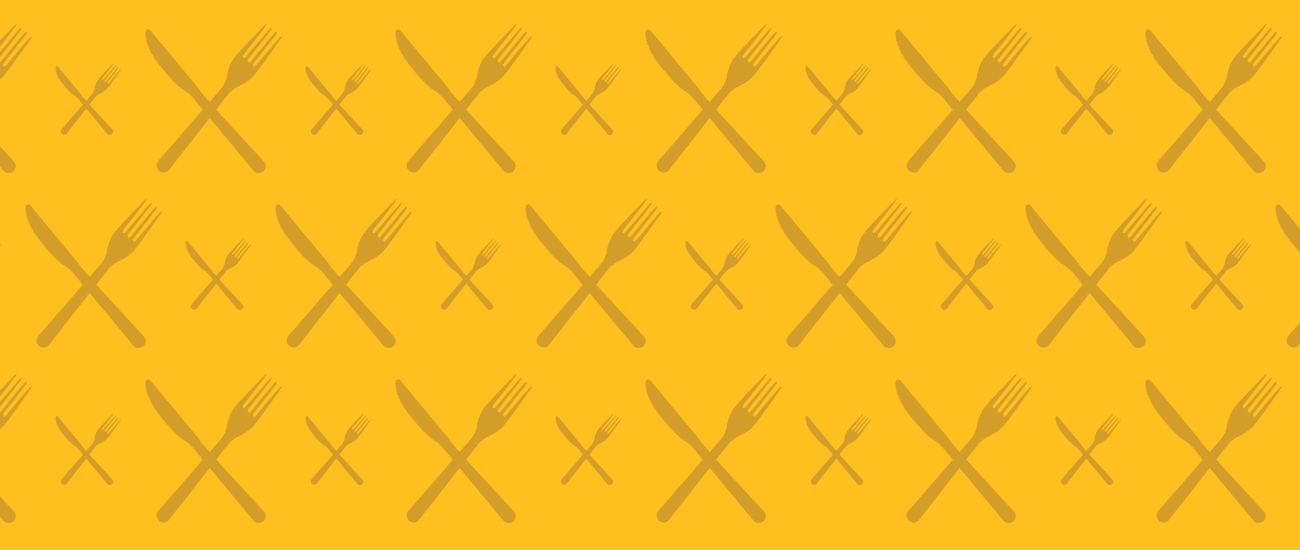In the second installment of the interview with John Mackey, CEO of Whole Foods, the focus is on humane meat, sustainable seafood and local food. The first part of the interview can be found here.
Fromartz: There has been a bit of buzz about your humane meat program, which institutes a five-star rating system based on the humane practices of the livestock producers. When will it roll out?
Mackey: We'll roll it out this summer. It got delayed because we were doing it under the Whole Foods-funded Animal Compassion Foundation but we're now shifting it to a third party, the Global Animal Partnership. We think from a credibility standpoint, third party certification is better. Organic is third party, Fair Trade is third party and we think that will have more credibility with our customer base. But this summer, you will start to see the one-through-five rating. (One being the most basic rating and five, the highest, with background here and here).
Fromartz: Have you found enough livestock producers to fill out the meat case? Are there enough grass-based producers, for instance?
Mackey: Well, it's not just for our grass-based producers. All of our meat will be in the program eventually because if they want to sell at Whole Foods, they have to be rated. But if you're asking, have we found that many producers that have the highest ratings, like three, four, and five? The answer is we don’t have enough yet but we think what will happen. As we create more transparency into welfare practices, the desire to have a higher rating is going to kick in. Customers are going to prefer the better ratings, so we're going to see those getting one's and two's try and get three's and four's
Fromartz: Do you expect those with a three or four rating get a premium over the one's and two's?
Mackey: I do. To even get a three, it has to be a pasture-based system, which rules out almost all meat sold in the United States right now. And I don't mean just access to outdoors but a real pasture-based system.
With chickens for example, "free range" is a myth – the birds are not in cages but they are in a big barn. When the consumer thinks of free range, they think the chickens are out running around in pasture but that's not the case. So to get a three under the Global Animal Partnership ratings system, animals will have to live outside and have access to shelter, rather than the other way around - living indoors with supposed access to outdoors. Once there's more transparency and the ratings are out there, the consumer demand is going to be push a lot more producers to get into organic and animal welfare production – they're going to get better scores, a premium and more brand loyalty.
Fromartz: So when are you going to do more in seafood?
Mackey: In terms of sustainability?
Fromartz: You are selling some MSC-certified fish but it's not across the board. (The Marine Stewardship Council certifies whether wild populations of fish are sustainably harvested).
Mackey: We've had quite a few meetings on aquaculture and are coming with standards this summer on farmed fish. That's probably the biggest initiative we've got.
But sustainability in seafood is a huge issue, and I don't have any good answers to it, because world demand for seafood is doing nothing but going up. I think having good aquaculture standards will help. But of course, as you know, demand is very strong for wild caught – and wild caught is hunting and gathering with very efficient technology. It's the tragedy of the commons. I was just looking at our stores in the New York area, and the only certified fish we had was salmon from Alaska and some sea bass. We need a lot more than that.
Fromartz: Yes, in my opinion, your fish case needs the most work.
Mackey: I hear you but is there someone else that's doing more? We're out there working, we're doing monitoring, we've cut off some species. We recently stopped selling orange roughy, and we don't have a lot of species because of sustainability issues. It puts us at a competitive disadvantage against other retailers who do sell those fish.
I think we need someone other than MSC to do sustainability certification, to encourage competition. When we started our Whole Trade label (Whole Food's fair trade designation), we started working with Transfair and Rainforest Alliance. The competition between the two has been intense and that leads to innovation. On the seafood front, there's only one game in town, MSC. We need half a dozen competing to certify sustainable fisheries.
Overall, though, I am very frustrated about it and I don't feel we're going enough. But frankly, I don't know what to do about it.
Fromartz: You've also put a lot of emphasis recently on local foods. Is it growing?
Mackey: I do think it's a fundamental trend, and it's going to grow. But I don't think the locavore movement is going to sweep America.
The simultaneous trend along with local is ethnic and international foods – Asian food, Middle Eastern Food, Mediterranean food. It's not just in the big cities, there's been a big explosion in different cuisines and that's happening at the same time as local, but they both reflect a growing awareness people have about food. People are looking for authentic artisan food rather than industrial food, or fast food.
Fromartz: Both trends -- imports and local -- are rising?
Mackey: Yes. And there's also whole trade, ethical trade, that's a huge trend that's only going to grow. As Peter Singer said in his book (The Way We Eat: Why Our Food Choices Matter), the local food movement sometimes lacks a perspective on the globe. Developing countries need to sell in other markets and fair trade gives them a premium when they do that.
Fromartz: So fair trade is growing too?
Mackey: Our goal is to have 50 percent of our foods from developing world be ethically traded in the next 10 years. Right now it's substantially less than that.
Fromartz: I know you need to wrap this up, but one last question: Does anything in the business keeping you awake at night?
Mackey: The truth is the last year was a terrible year for me personally and I had plenty of sleepless nights, while I was being investigated. I feel like I've gotten out of jail, with the SEC dropping its inquiry and not recommending any enforcement actions. Symbolically and emotionally, I feel like I've been liberated. That's really how I feel.
We've got some short term concerns. We've got to integrate Wild Oats, we've got some additional competition, we've got a slowdown in some of our comp sales, and we have an economic environment like I've never seen in my 30 years in this business. I've never seen $133 a barrel oil, I've never seen this kind of real estate crash, we got the Iraq war dragging on, we're sort of in turbulent white water and I don't know what rocks lie ahead because I've never been down this river before.
Fromartz: And your stock price is at the lowest since 2003.
Mackey: The stock was definitely overvalued, trading at 60-70 times earnings. It was a bubble and it popped. But I'm looking to get past 2008 and our earnings back on an upward track. I anticipate that happening next year.
Fromartz: Thanks for the time.



 When I interviewed Michael Oshman of the
When I interviewed Michael Oshman of the 

